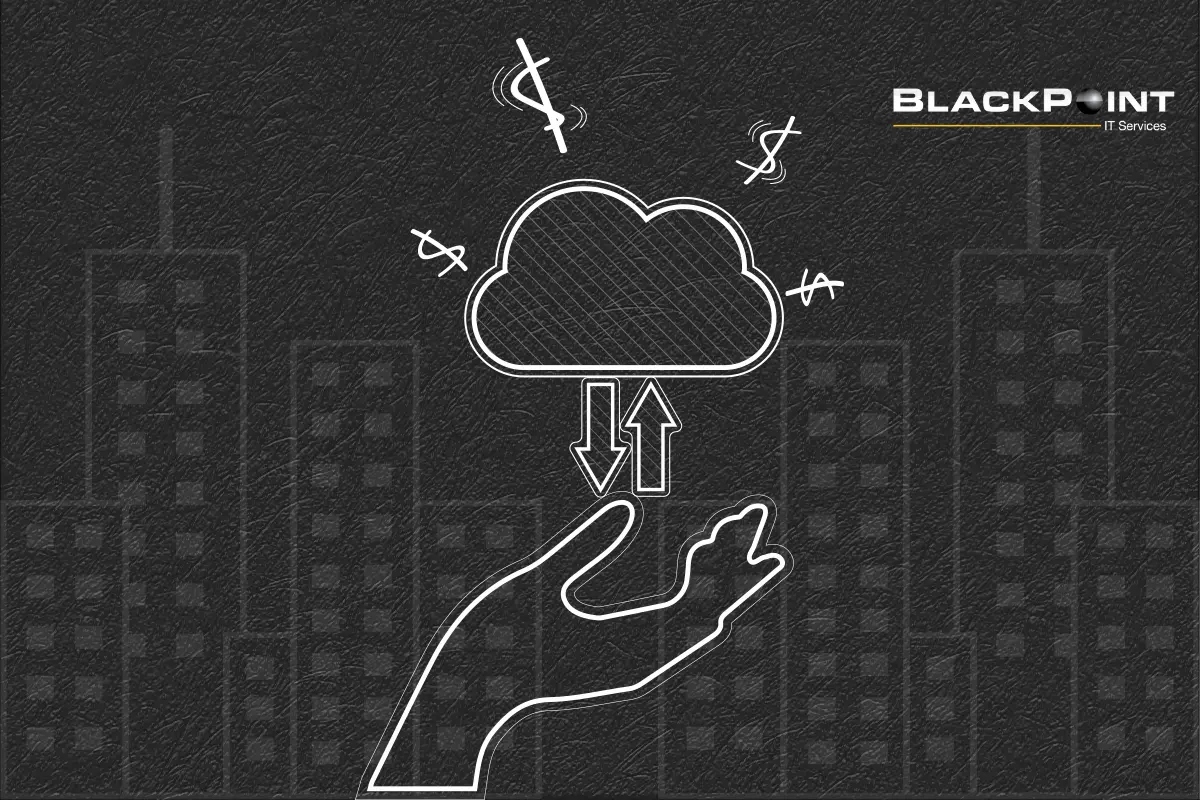
Cloud solutions have become a crucial strategy, particularly during the pandemic, for maintaining business operations and enhancing productivity, flexibility, and scalability.
Cloud services costs involve a range of expenses that can be broken down into the following categories:
Effective cloud cost management is pivotal in your business’s financial health, as cloud costs can balloon without your knowledge. In Gartner’s report, 30% of cloud expenditures go to waste due to inefficiencies and misconfigurations. However, cloud cost management should not only be seen as a financial consideration but also a strategic approach that can profoundly impact your business’s bottom line and operational efficiency.
Understanding Your Cloud Costs
The first step in effective cloud cost management is having a clear understanding of your whole cloud operations. Identify resources your business is consuming and how much it costs you for these services.
Ask yourself, are these services really needed in running your business? Review your business goals and analyze if they align with your objectives. Aligning cloud costs with your business objectives ensures that your investments in cloud services support and advance your company’s mission. Understanding the costs associated with different resources and services helps you prioritize spending on areas that directly contribute to your business goals. Insights derived from this evaluation allow for more strategic decision-making, enabling you to optimize resources, enhance operational efficiency, and channel investments into areas that drive growth and innovation.
Right-Sizing Your Services and Reducing Cloud Waste
Right-sizing your services entails aligning service scale with specific business needs to avoid unnecessary overprovisioning costs and performance issues from under provisioning.
How do we achieve this? Monitor usage patterns. Identify areas where resources may be overworked or underutilized. This data-driven approach empowers you to adjust your services accordingly, ensuring optimal efficiency and cost-effectiveness.
On the other hand, cloud waste, an often-overlooked factor, can significantly impact your business costs. Analyzing resource usage uncovers hidden inefficiencies, usually the silent budget-drainers from underutilized services to idle resources.
Mitigating this requires a proactive approach: continuous monitoring and tracking of resource utilization over time. This strategy allows you to eliminate unnecessary expenses and redirect those funds toward achieving your strategic objectives.
Implementing strategies for right-sizing and reducing cloud waste involves several key steps:
Budgeting and Forecasting
Set budgets for your cloud expenditures to prevent overspending. When budgeting for cloud costs, businesses should consider the following factors:
After considering these factors, develop a realistic and achievable budget aligned with the business’s overall financial goals for your cloud expenditure.
Forecasting future cloud costs based on past usage data and current trends allows businesses to detect potential budget overruns, make informed decisions about resource allocation, and plan future spending.
Together, these strategies give businesses a clear view of their cloud costs and control over their spending.
Regular Review and Optimization
Regularly review and optimize your cloud costs as cloud usage patterns constantly change depending on your operations.
Check other strategies that might apply to your cloud needs like:
BlackPoint IT provides comprehensive cloud solutions tailored to your specific needs. Our personalized approach ensures efficient management, allowing businesses to effectively utilize cloud resources and help them scale as needed.
Take the first step towards efficient cloud cost management today. Reach out to BlackPoint IT for a personalized consultation and take a proactive step towards optimizing your cloud expenses.